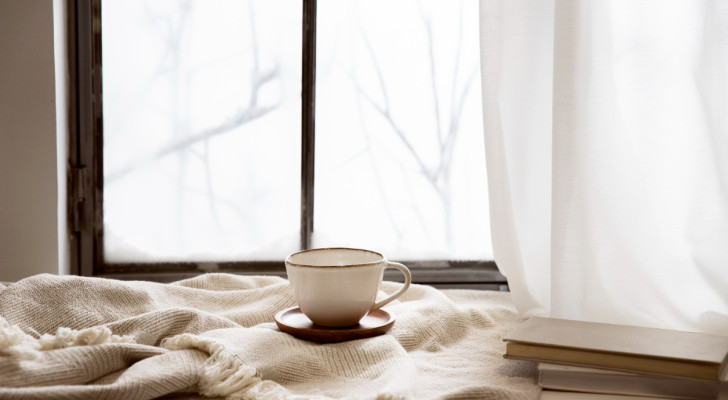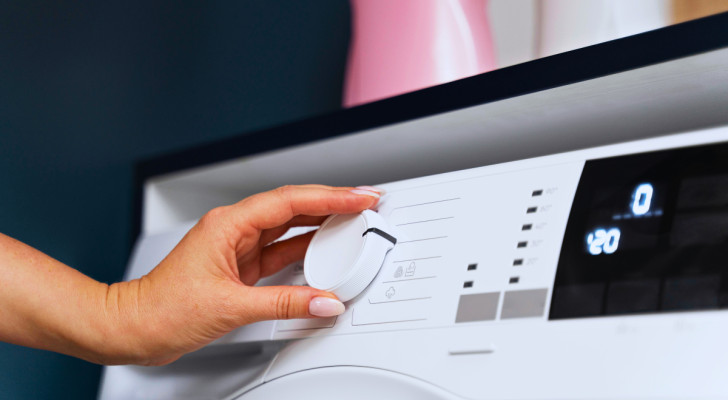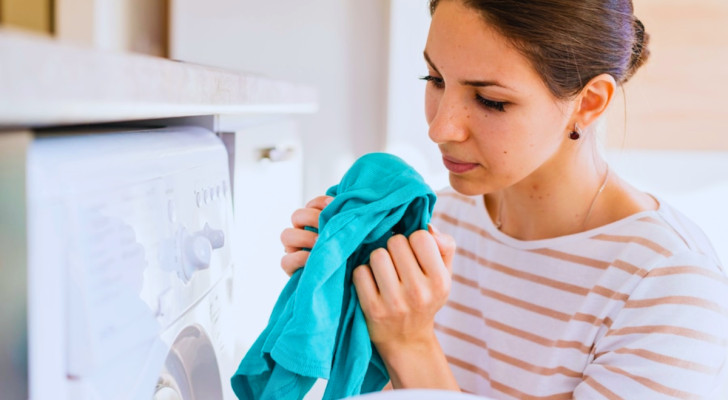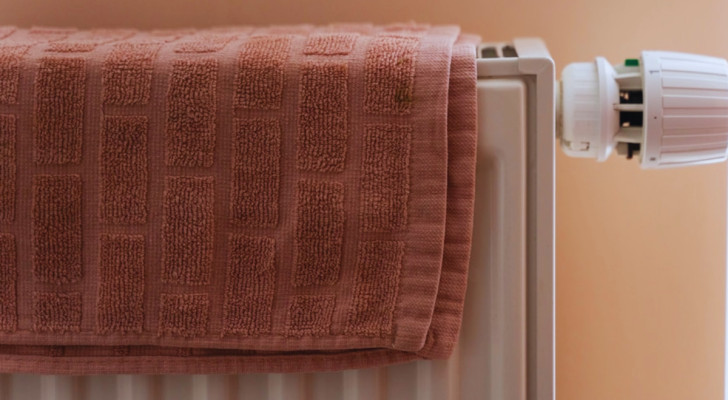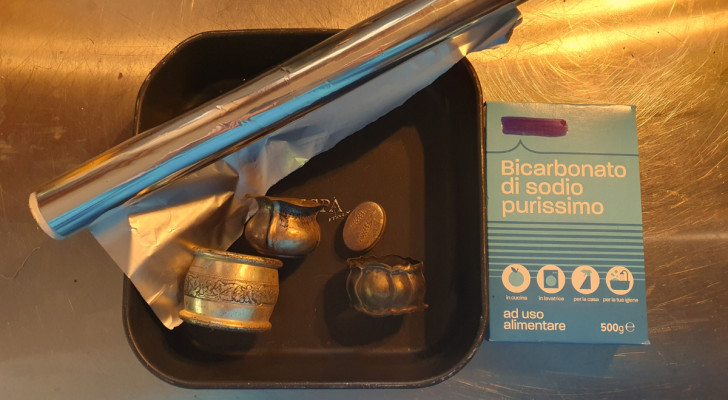They also need to be cleaned: 5 ways to sanitize brooms, mocs, and cleaning tools
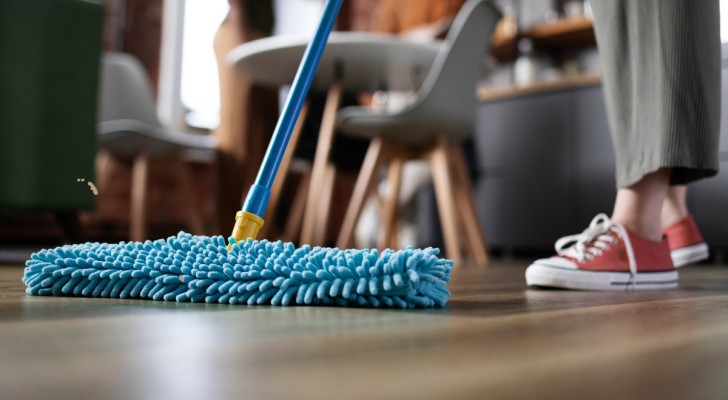
Freepik
Every tool that we habitually use to clean the house must in turn be periodically washed and sanitized, so that the efforts put in when we take care of household chores are not wasted. A mop or broom that is full of dirt will continue to shed it the next time it is used, and so how do we give the various tools we use most often a good cleaning as well? There are five natural methods from which we can choose.
Use vinegar and baking soda, but not together
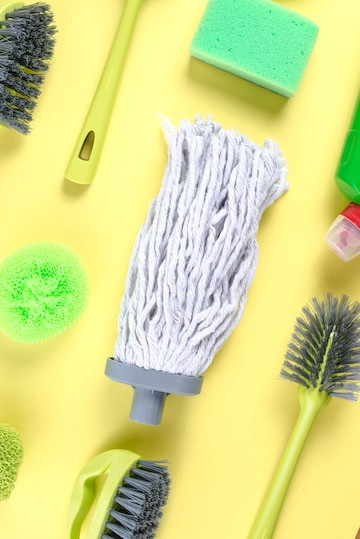
Freepik
The first two methods to consider are vinegar and baking soda, but used separately.
With alcohol vinegar
The process is simple, and you will need a basin or sink to devote to this chore, as well as warm water and vinegar.
- Try to get the most of the dirt off the bristles of the broom or mop.
- Fill the basin or sink with equal parts water and vinegar, just enough to then dip the mop or broom in.
- Soak the mop head or broom bristles (it is most convenient by disassembling them)
- Leave for 30 minutes or more.
- Rinse thoroughly and hang to dry completely.
With baking soda
This method is especially good for silicone brooms, those used to catch pet hair and hair, or for flat mops, while it becomes a bit more laborious and time-consuming with regular mops and brooms.
- In a bowl, prepare a cream by mixing water and baking soda. It should not be too runny
- Equip yourself with rubber gloves and scoop out some of the paste
- Rub it on the bristles of the broom or mop, working on each part thoroughly: try to remove any crusty dirt
- Rinse thoroughly and let dry completely.
Other methods to try: tea tree, hydrogen peroxide and natural soap
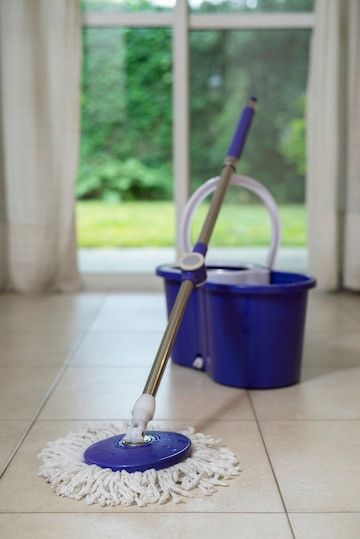
Freepik
Other types of regular maintenance of various cleaning tools can be done with different ingredients, such as tea tree essential oil (for quick cleaning of tools that have not gotten too dirty); hydrogen peroxide; or a natural soap (such as Marseille, Castile, or yellow potash soft soap).
With teatree oil
- In a bottle of water (preferably distilled, but not strictly necessary), pour 15 drops of tea tree essential oil
- Spray on the bristles
- Leave on for 10 minutes
- Rinse with a cloth or under running water.
With 3% hydrogen peroxide
- Fill a bucket, basin or sink with enough hydrogen peroxide to soak the bristles of the mop or broom in itLet it sit for 30 to 60 minutes
- Rinse thoroughly and allow to air dry completely
With natural soap
- In a bowl pour warm water
- Pour in a few drops of soap and let it dissolve thoroughly
- Take a cloth and dip it in the soapy water, wring it out and wipe it on the broom or mop. You can also use gloves as in the case of the baking soda
- Rinse thoroughly and let it dry completely.
These are very simple methods, although they do take some time-the advantage, however, is that you will have to change brooms and mocs much more infrequently, and they will be even more efficient during use!

